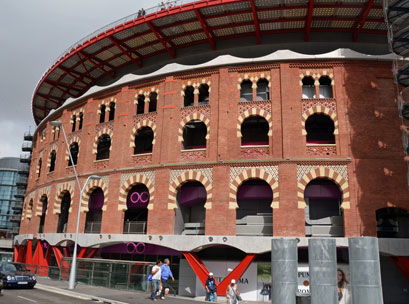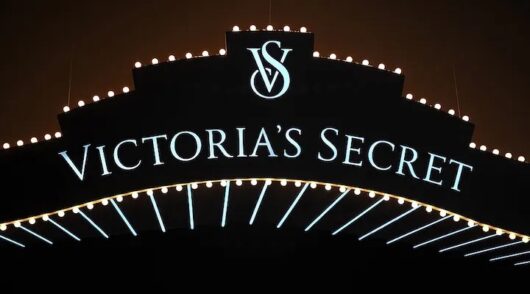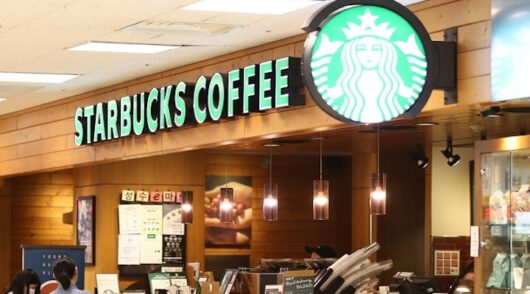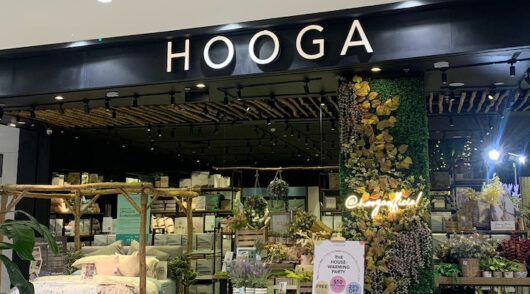Time Magazine devoted a major cover story to the demise of the shopping centre, entitled “Kiss Your Mall Goodbye – Online shopping is faster, cheaper and better.”
Controversial? Maybe.
Except the article was published on July 20, 1998*.
As Milton Cockburn, executive director of the Shopping Centre Council of Australia notes, “we’ve been here before”. And to paraphrase Mark Twain, the reports of the death of the mall have been greatly exaggerated.

Not to say that it isn’t time to rethink retail centres (and, many would say, retail rents). The mall, as we know it today, is 61 years old and starting to show its age.
What is generally regarded as the first incarnation of the modern shopping centre opened in suburban Seattle in the northwestern US in April 1950. Seven years later, the concept came to Australia in the form of the ‘Chermside Drive-in Shopping Centre’. It was described at the time as “an island of retailing in a lake of car parking”. (It’s an oddly off-putting image that probably sounded like the height of modernity in its day.)
In the intervening years, Australia’s shopping centres came to be the most innovative in the world, introducing, for example, supermarkets and fresh food alongside the fashion retailers, department stores, entertainment and leisure precincts, and dining terraces.
What many in the US now consider to be a modern incarnation of the mall actually emerged from the land Down Under. (It amuses me how many Americans think Westfield is a US-based company.)
But now it’s time to move on again. The retail landscape is globalising and digitising, and customers are increasingly demanding and complete control of their shopping destiny. So malls must respond.
In rethinking retail centres, developers and landlords must embrace new architecture, new anchors, new formats and new experiences. There are many examples of interesting new concepts in all four areas:
Architecture – Las Arenas de Barcelona is a brand new shopping mall in Spain that has been constructed out of a former bull ring. It’s a destination in itself – as much about the views from the roof, and the restaurants and rock museum inside, as it is about regular retail therapy.
Anchors – many mall operators are realising that the traditional department store anchor is so-last-millennium. The new draw cards are retailers like Apple Store and blockbuster fast fashion merchants such as Zara, H&M, Uniqlo and Forever 21.
Formats – Westfield Old Orchard in Chicago has demolished its foodcourt and replaced it with a single outlet called Wilde & Greene, incorporating a grocer, supermarket, restaurants and bar.
Experiences – besides great shopping, Westfield London boasts a phenomenally successful champagne bar, flight simulator and an upmarket teeth whitening kiosk.
The big question is this: Is the future of the shopping centre actually not about shopping at all? Perhaps it’s a place you go to meet friends, dine and be entertained in a myriad of ways, and shopping is an adjunct, not the purpose of the visit. The progressive new Westfield Sydney embraces elements of this ideal.
Whatever happens, the retail centre, like retail itself, will be transformed in the next few years. So while we’re not about to kiss the mall goodbye, it might well be time for malls to spice up their relationship with customers.
+ Jon Bird is CEO of specialist retail marketing agency IdeaWorks (www.ideaworks.com.au), and chairman of Octomedia, publisher of Inside Retail. Email jon.bird@ideaworks.com.au. For more retail insights and inspiration, visit www.newretailblog.com.
*Thanks to Milton Cockburn, executive director at the Shopping Centre Council of Australia, for bringing this wonderful piece of publishing history to my attention.






